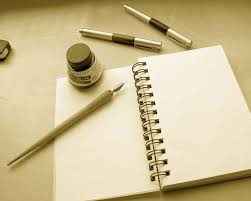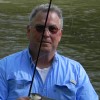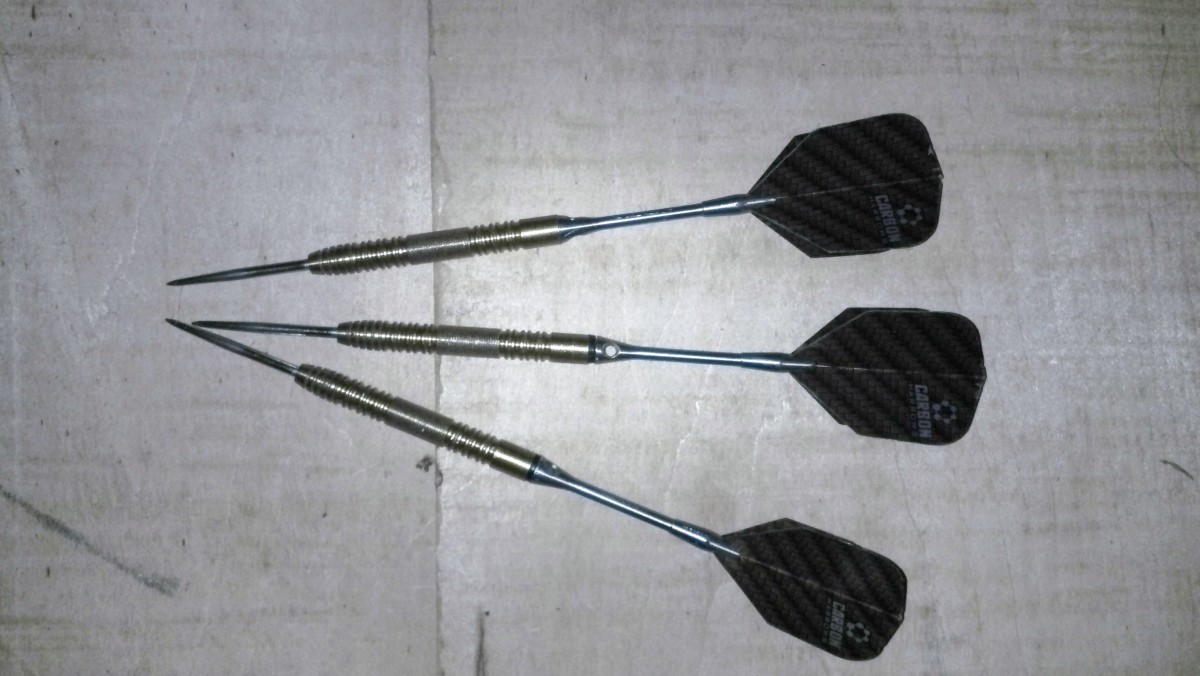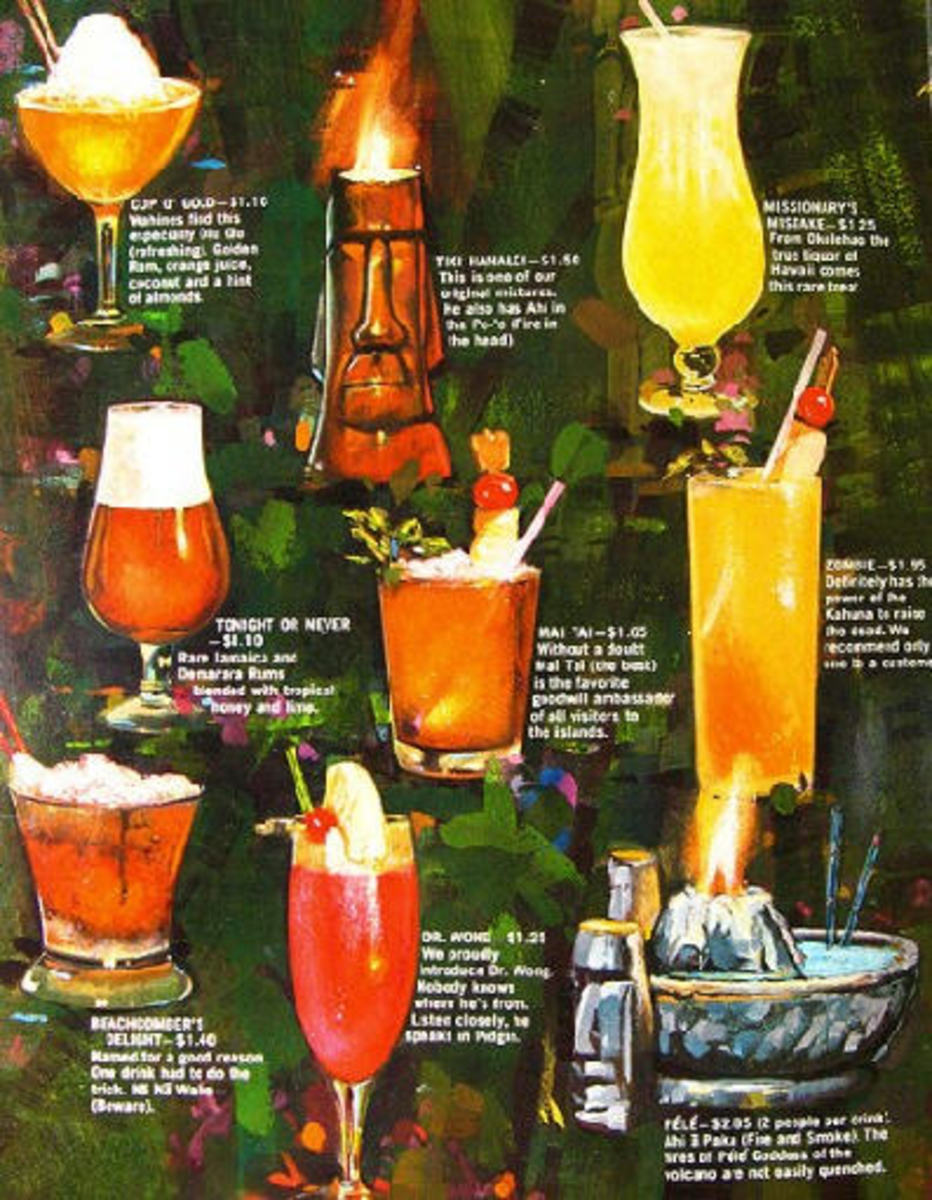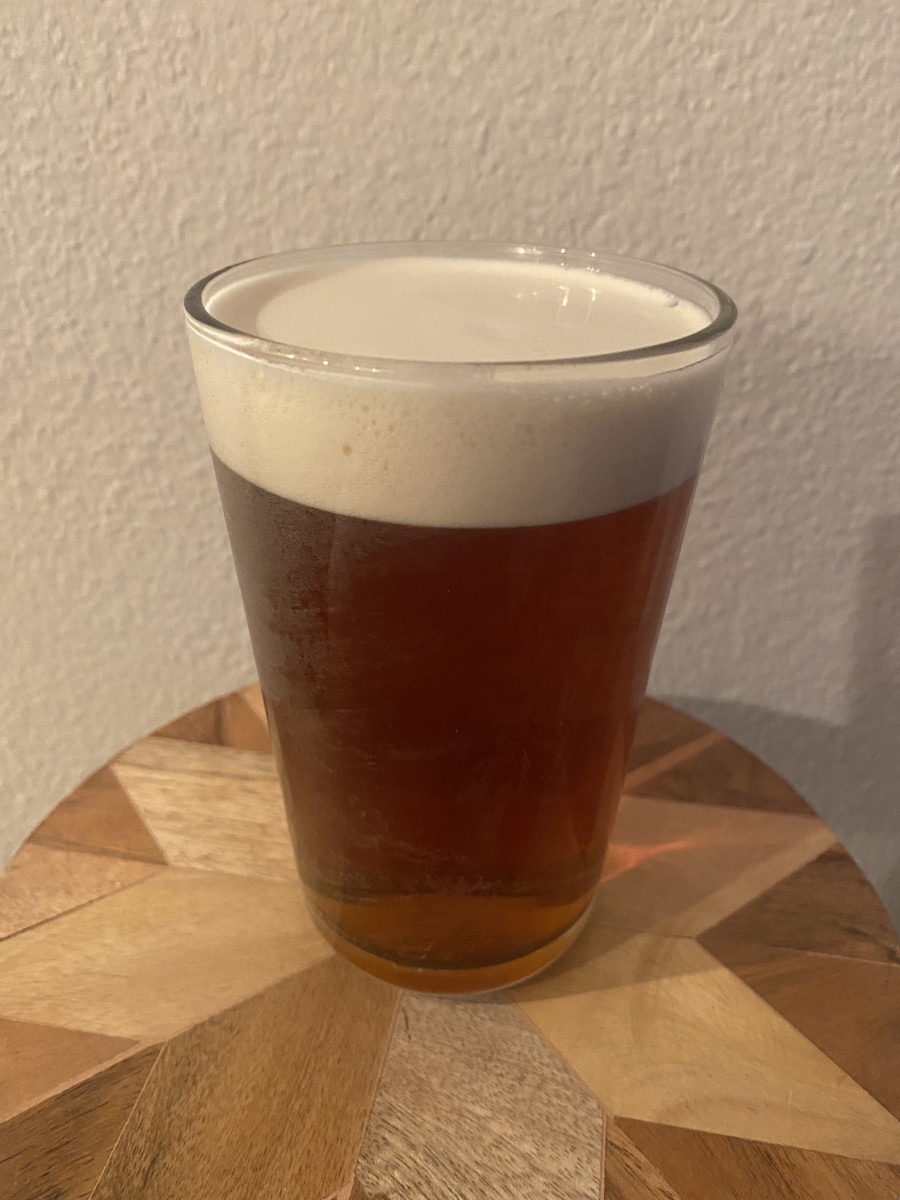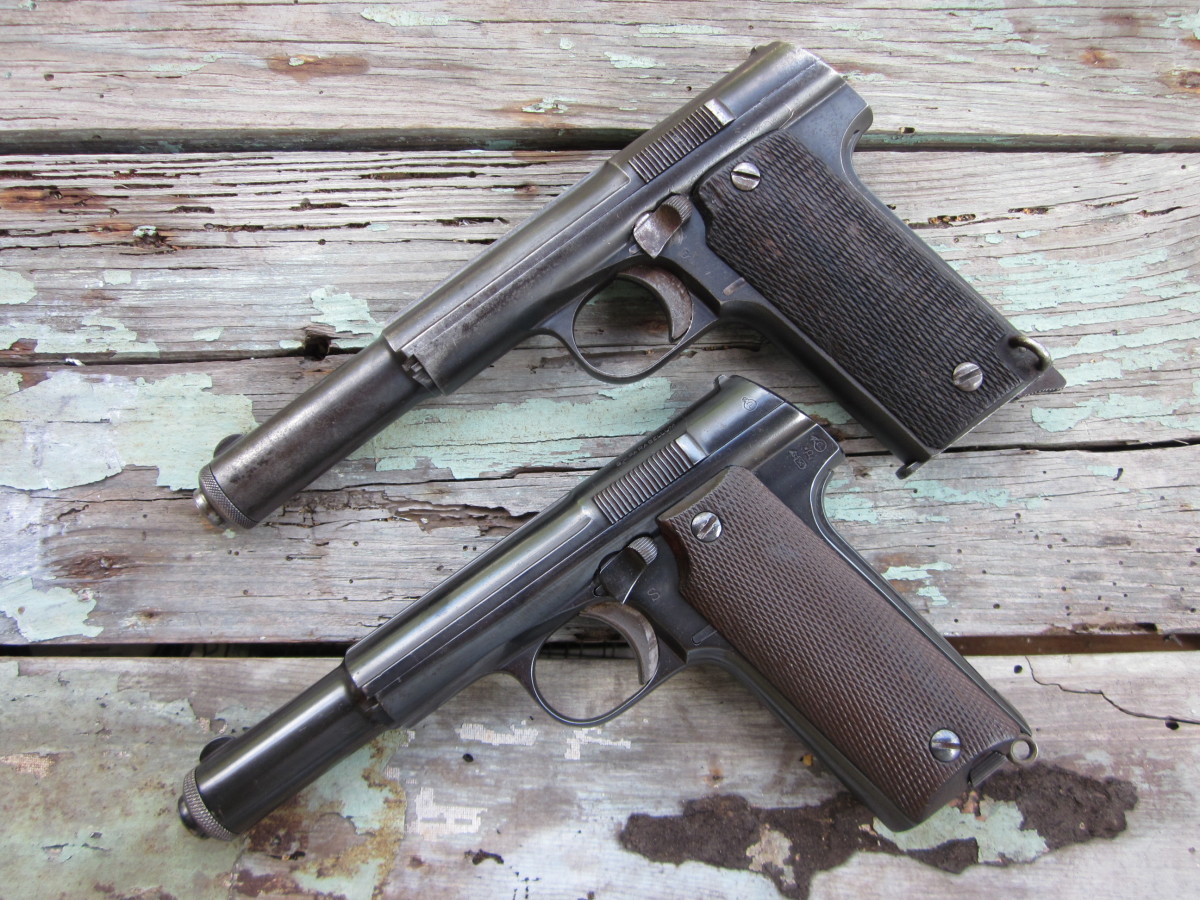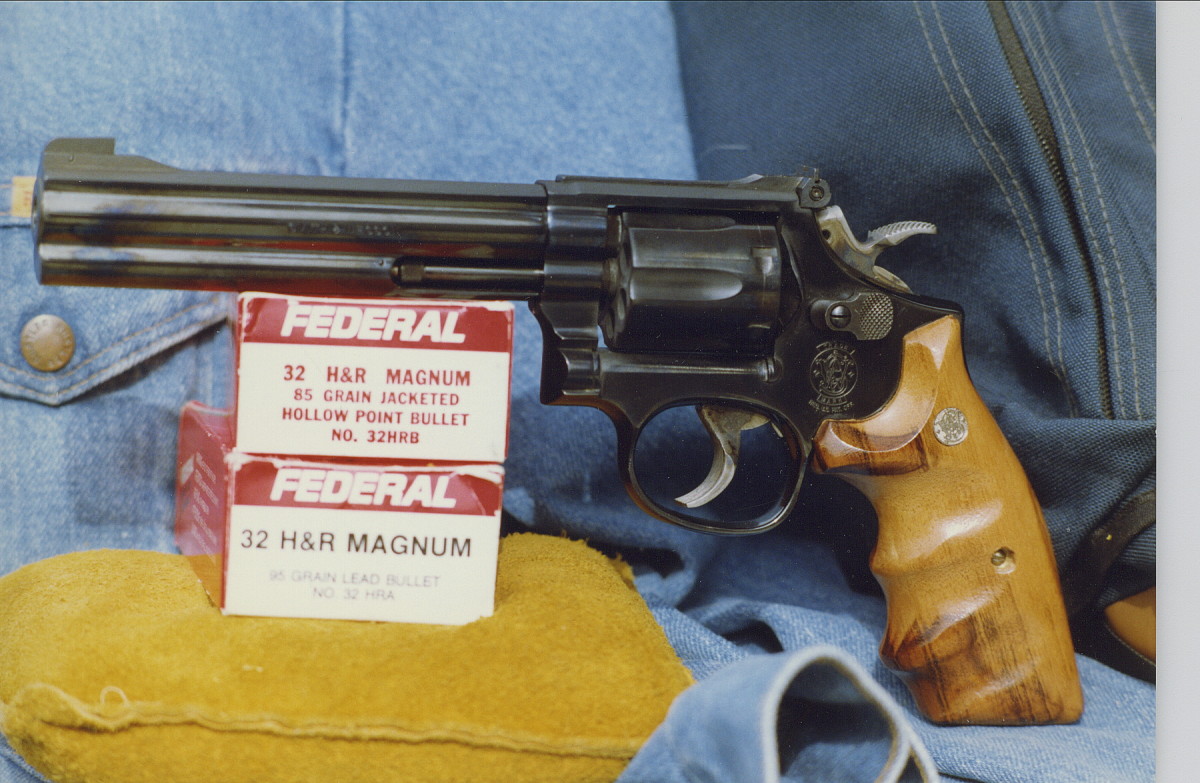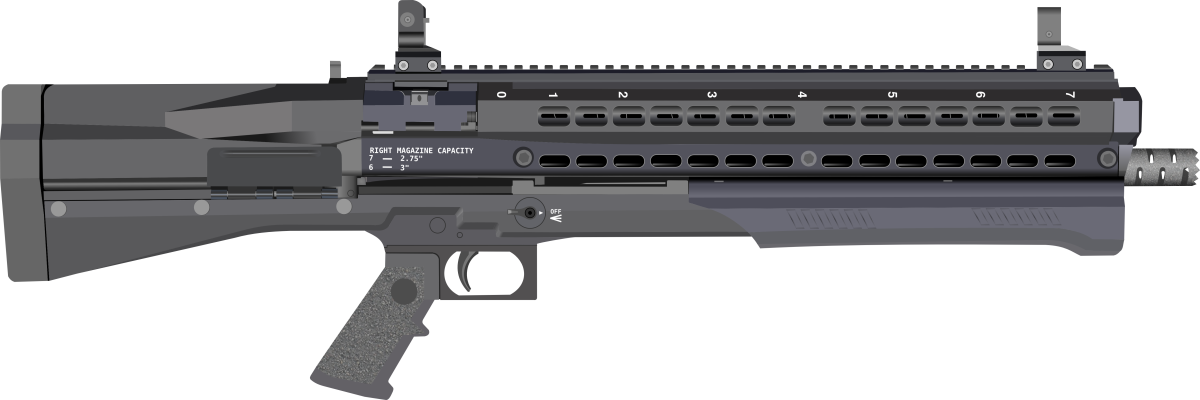- HubPages»
- Sports and Recreation»
- Hunting & Shooting»
- Guns & Accessories
Keeping a Log, Don't Repeat Errors
Knowing History Maybe You Won't Repeat the Past!
I recently attended a big shoot for some folks that they had been practicing for over the last five or six months. Many of them had spent money, big money, on new firearms. Some had those firearms modified to fit them in the games they compete. I watched some of these shooters, over the months of practice wear athletic shorts with no socks and deck shoes, to snug fitting jeans and sneakers to loose fitting regular jeans and cowboy boots. They shot with tank tops under shooting vests - and long sleeved t-shirts under shooting vests. I noticed some just wore hoodies with no shooting vest but used belt bags instead.
Ammunition was whatever had been on sale or whatever their spouse, mom, or brother had bought when they happened to be at Walmart, the local sporting goods store or online. Choices of shotguns had ranged from 20 gauge with shorter barrels and a much shorter length of pull to DT-10s with 32 inch barrels, 12 gauge and 14 inch length of pull - for the same shooter - or trading between semi-autos to O/U like nothing is different. Hats, some days yes, some days no. Blinders shooting trap? Some days yes, some days no.
Glasses? I've addressed that in another blog, but knowledge of which lens, what density of tint, how they fit, blinders or not, "magic spot" or tape or not, all of these things need to be noted.
What Does It Matter?
It doesn't matter if you don't want to do better. When a shooting cap has bright orange along the edge of the brim where you are concentrating on the target's bright orange - could that be a little distractive? Of course it could. So change it.
You see, by the time you get to where you are reading a story like this one, you have moved above the level of average. You are trying to improve your skill by another bird out of 25, maybe two. It would be nice to identify what is keeping you from a consistent 25 birds out of 25 every time you step to the line.
You tell me...if you were shooting for 12 months in a row wearing tennis shoes or other soft soled shoes every single time you shoot, would having solid leather soles with a hard 2 inch heal cowboy boot change your posture, your position when you shoot? Would it "feel" different? Of course it would and that gets into your head without you even knowing it. It doesn't "feel" the same as it normally does...but you don't really know why - unless it is in your shooting log.
Normally you shoot wearing shorts. I really don't like shorts for shooting cloths - particularly when in competition. 1. Fractured targets and ricochets happen - and bare skin doesn't respond favorably. 2. Bugs...mosquitoes, biting flies, just flying bugs, landing on your skin while you are shooting, distract you. Remember, we are looking for 1 target. 3. Sweat. You are telling me you get too hot wearing long pants, I'll tell you how distracted you were when sweat ran down your leg instead of your long pants absorbing it so you didn't feel it. Wear long pants, period.
Shooting vest or belt with shell holder and spent shell bag. I don't care, just be sure you have your 2 or 3 spare shells in your pocket if you choose belt if you don't have a space for them on the shell holder or belt....and use whichever you choose ALL THE TIME, no switching back and forth. Consistency is the name of the game.
Shirts - these vary with the weather. Sometimes, due to colder or hot weather you may have to have a hoodie or sweatshirt in addition to normal vest or other shirt. Be sure this is in your log. Which one did you wear - was it too bulky, do you need to get something that works better, does it breath or did you sweat inside so much you could wring your shirt out? Make notes in your log so you will know when a decision must come up.
Hats. Comfort, longer brim for me - but that is me! I actually like more of a fedora than a ball-cap as it keeps some of the sun off my face. Ball caps are great, offer some protection, shield your eyes from the sun. But a cap should be used 100% of the time in Skeet - for the oncoming targets in particular that break and attack! If not your own targets - the other shooters in your group may too break a target and shear off shrapnel headed your way.
Firearms - making changes. I have heard an axiom that any gun is new to you until you fire 5,000 round through it. Then you buy a new adjustable butt plate and change the whole mount. Yes, it will take another several thousand rounds to make it like second nature. Add that barrel weight, in-stock kick reducing weight, new trigger, adjustable comb, and yes, you need to practice. Are you keeping track in your log of the changes and noting how your shooting changed when you did it? A shooter I was just recently coaching had no problem shooting skeet or sporting clays with her shotgun kicking her in the face - but in trap, it was punishing her on every shot. I'm looking forward to hearing if adjustments made in fitting the gun "better" have removed the trap kicks completely...but then there is the question - did anything else change in doing so and if so what and if so how did it affect scores? Point of Impact? And so on...keeping a log would address finding those starting points again. (update, I have heard from the shooter mentioned - and The Country Gentleman did a great job as always and fit is working great now).
Glasses are good and necessary. Wipe your glasses with a soapy anti-fog before ever shooting. Anti-fog will help, particularly on hot days, with those glasses that don't "ventilate" well. As mentioned, I've written extensively on tint and depth of tint and choice of tint. Keep a log, find what works for you best under what conditions. Try other products during PRACTICE only! NEVER change lenses in competition. If your eyes have adapted to a color choice during a shoot, even if it runs late in the day, it is most likely the best choice to keep shooting that color lens - not try to use a light yellow or other brighter tint due to the darkening sky. Those don't make orange more orange - like the lens you have been shooting all day! Keep a log, see if I am right. Oh, and the choice of using a dot - or grease spot or tape on one side of your glasses to prevent cross-eye dominance....ONLY if you have always done it in practice. NEVER decide to use this kind of device on the day of a shoot. Yes they can and do work - if you practice with them.
Ammunition is important - and it could be you will find out if you keep a log and refer to it over time. Comfort for you as you shoot is important too. In almost all shotgun sports, 1150 fps is fast enough for any target. If the target is going 40 miles per hour and your shot is going 276 miles per hour, it can catch up. Using 1250fps is just more kick on your shoulder, not any more broken targets. 7/8 ounce of shot in a 12 gauge vs 1 1/8 ounce of shot is a 1/4 ounce of shot difference. Of course if you are shooting International, you are limited to the 7/8 ounce load and don't have a choice. But you are also shooting a faster load, more likely than not. So let's look at 9 shot v 7 1/2 shot. If you shoot 1 ounce loads of each, you have 235 more pellets in 9 shot loads than you do in 7 1/2 shot loads. It takes 3 #9 pellets to break a target. Split the difference? Use #8 shot? You get 60 more pellets in an ounce of #8 than in #7.5. On 16 yard games, why wouldn't you use #8 or #9 shot? 2nd shot on doubles trap...#71/2 makes good sense. Shooting handicap from the back fence, 27 yards to start, makes sense. But shooting 7/8 ounce of 71/2 vs 1 1/8 ounce of #9 on 16 yard trap...you have about half the shot, 306 #7.5 vs 658 #9. What are the odds? But keep a log and you decide after you try different things IN PRACTICE!.
Check out different shot numbers http://www.shotgunworld.com/amm.html
Please comment on how you use a log - or what you have discovered by doing so. Oh, it works in business too.
Keep A Shooting Log
